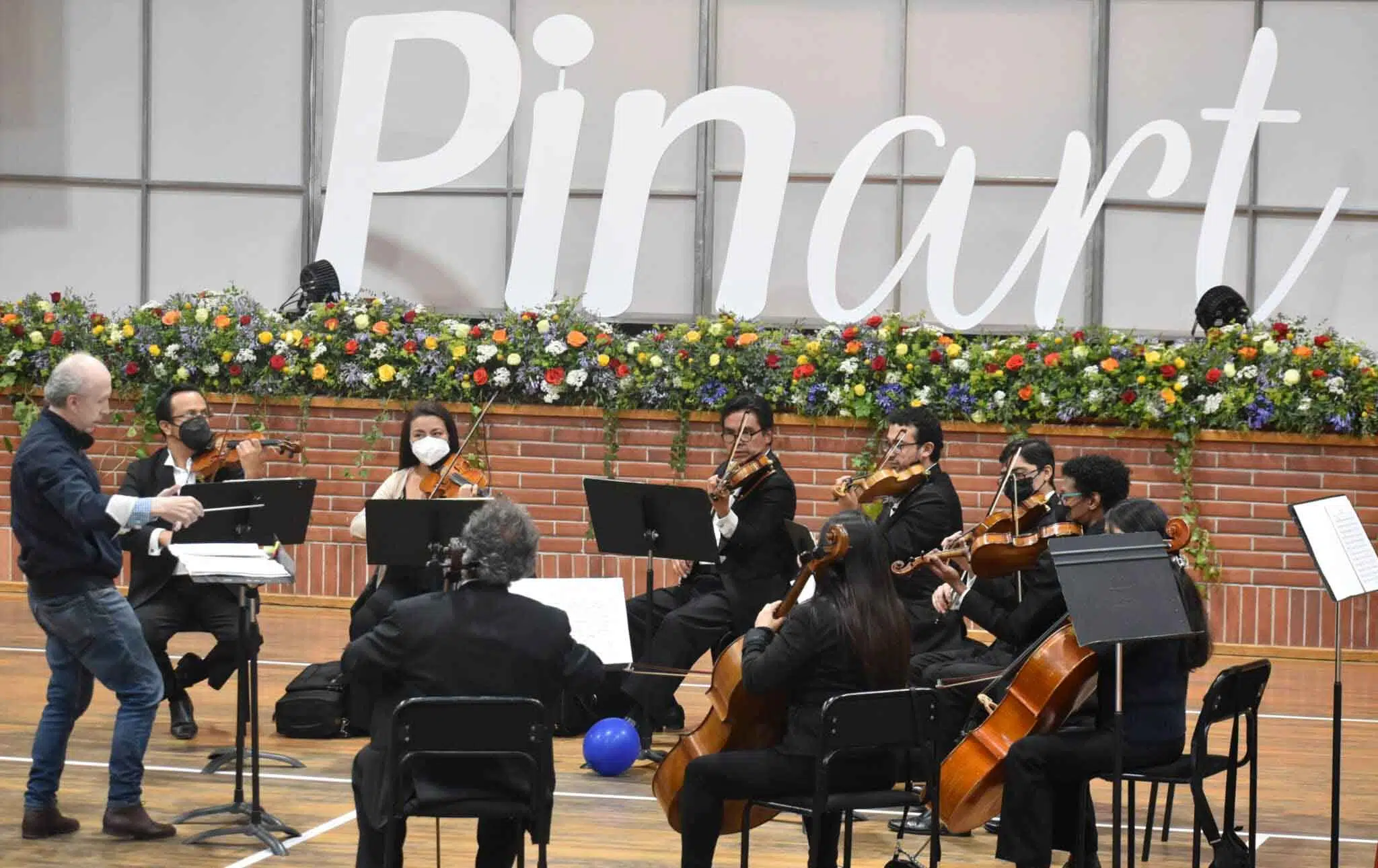Educating in beauty through art
Pinart is a cultural project promoted by Colegio Los Pinos (Ecuador) and Parentes Foundation within its educational program BeLeader, to promote cultural and artistic sensitivity in Quito.
This school year has presented many challenges: returning to the classroom after the pandemic, retrieving study habits and getting back the precious personal relationships with our closest regular environment. All this, without leaving aside the particularities of each country and the specific situation of each one of them.
In favor of promoting emotional intelligence and improving the social skills of our students, Parentes Foundation is now more necessary than ever, within the framework of the Educational Network, which has established a priority to educate in the sensitivity and appreciation for the beauty of the art.
“Cultural and Artistic Education is a priority for Los Pinos. Our students begin their journey into the world of music, theater and plastic arts from the second grade of elementary school, after sustained stimulation in the preschool years,” says Lorena Hurtado, Pinart project coordinator.
In addition to the cultural dimension, Pinart has a social projection, since it aims to facilitate access to culture for the population of Quito. For this reason, many entities have joined this project. Some of them are non-profit organizations such as Fudrine or Fundación El Triángulo. And also others from the educational field such as the Intisana School or the Universidad de los Hemisferios. Finally, also the Ministry of Culture and Heritage of Ecuador has joined as an expression of its support to bring culture closer to the children and young people of the city with this type of initiative.
“For us, it is a priority to teach to appreciate beauty through art, music, fashion, theater, and architecture. To reach more children and young people in Quito by involving public schools, foundations, and social entities that have voluntarily joined this project,” says Renata Gómez, another of the project’s leaders.
The second performance was in charge of the Fundación Orquesta Sinfónica Juvenil del Ecuador FOSJE, conducted by Patricio Aizaga. In the first part of the program, the Dvorak’s Serenade for Strings, composed in 1875, was presented. For the second part of the show, the audience got the chance to get immersed in a repertoire of Ecuadorian music.
Lorena affirms that “as educators, we can see how the arts intervene in a positive way in the learning and development of the students; but we want to go further, to go very far…”.
As Aristotle said, beauty is the most direct way to find the truth.
Until the next edition….
_______
